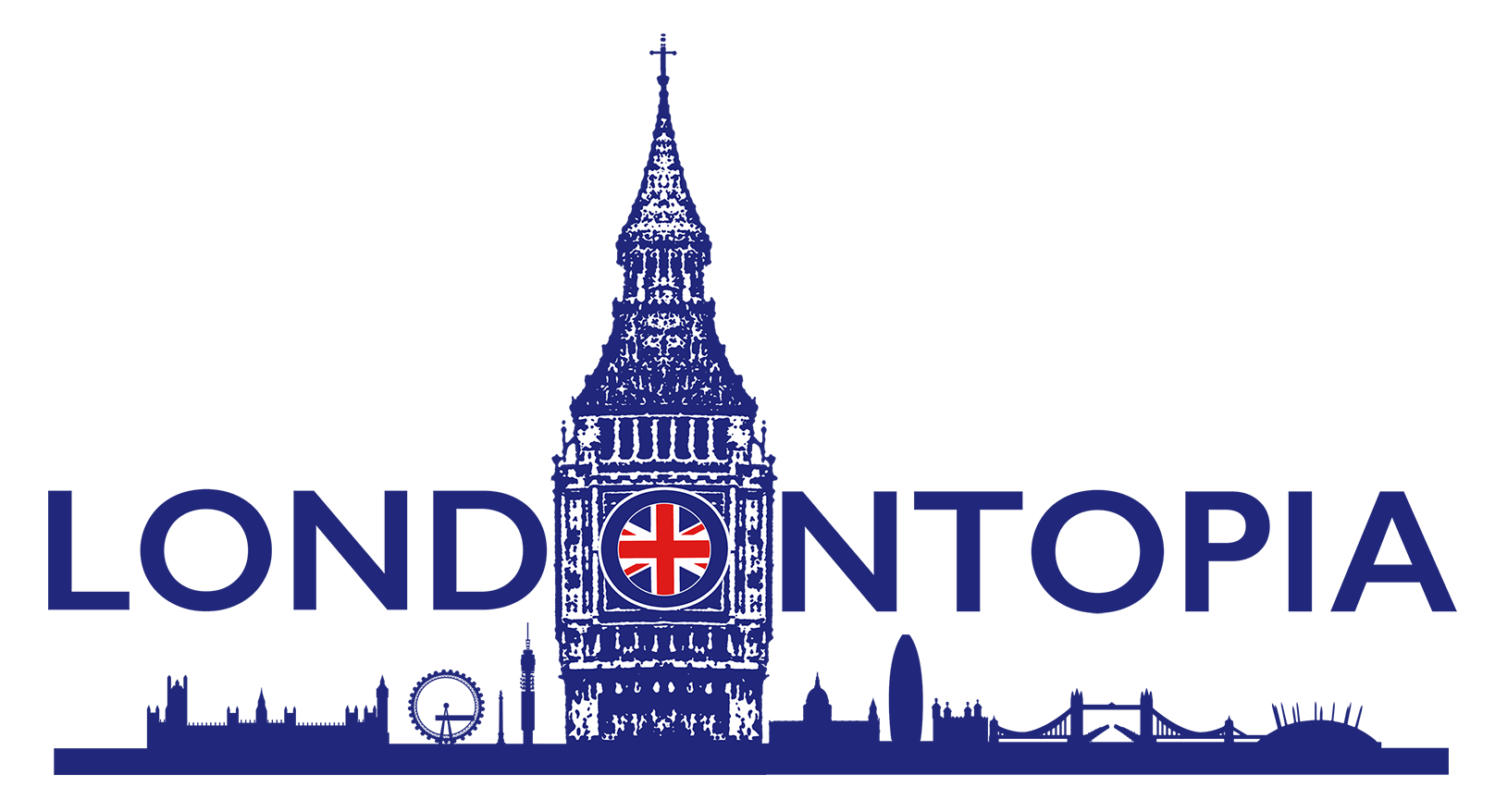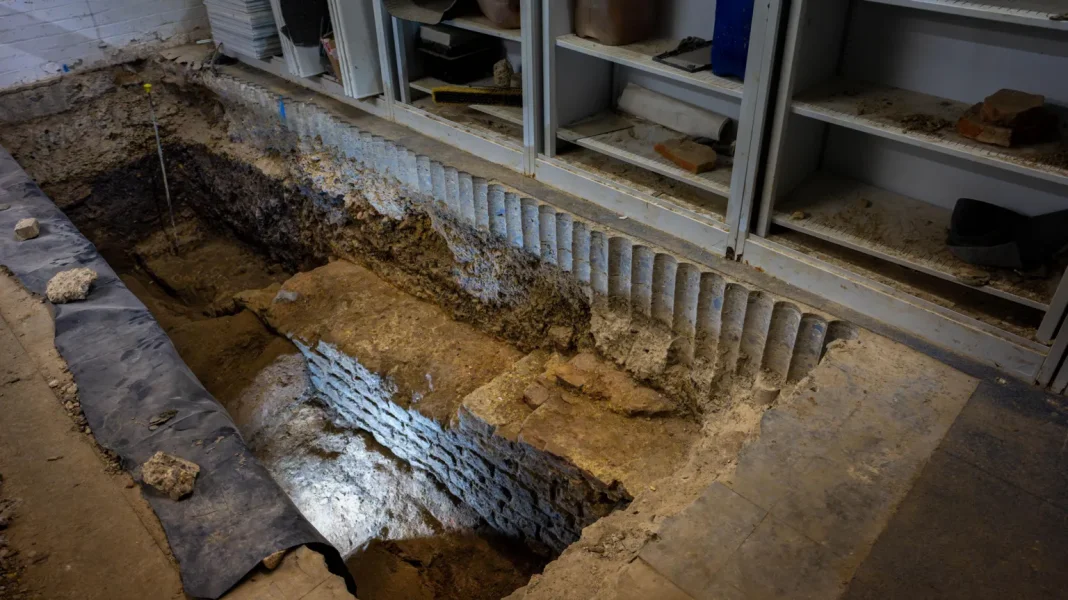In an extraordinary archaeological discovery, the foundations of Roman London’s first basilica have been unearthed beneath an office building at 85 Gracechurch Street, offering unprecedented insights into the city’s origins 2,000 years ago.
The remarkably well-preserved limestone wall, discovered by Museum of London Archaeology (Mola) team, represents a significant portion of what was once the administrative and political center of Roman Londinium. Sophie Jackson, leading the excavation, describes it as “the heart of Roman London” and a crucial piece in understanding why London emerged as Britain’s capital.
The basilica, constructed around 80 AD, would have been an imposing structure standing two-and-a-half storeys high, measuring approximately 40 meters in length and 20 meters in width. It formed part of a larger forum complex that included a courtyard roughly the size of a football pitch, serving as the Roman city’s commercial and social hub.
Among the artifacts recovered was a distinctive roof tile bearing an official stamp, providing tangible evidence of the building’s public status. The basilica’s brief 20-year lifespan before being replaced by a larger structure reflects London’s rapid growth in importance during the Roman period.
The discovery has prompted building owner Hertshten Properties to radically alter their development plans. Working with architecture firm Woods Bagot, they now intend to incorporate the Roman remains into the new building design, making them accessible to the public. James Taylor from Woods Bagot acknowledges the technical challenges, including repositioning support columns and reducing the building’s height to preserve the ancient masonry.
This find joins other Roman sites in London’s Square Mile that have been successfully preserved and displayed, including the Guildhall Art Gallery’s amphitheatre and the Temple of Mithras at Bloomberg’s offices. Chris Hayward of the City of London Corporation emphasizes the emotional impact of experiencing Roman London beneath the modern city: “You can actually see and visualize how Roman London would have been in those times… this is progress combined with preservation.”
The excavation continues, promising to reveal more about the foundations of London and its evolution from Roman settlement to global metropolis.


